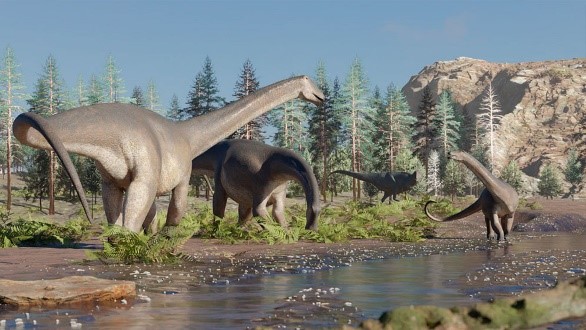





Disclaimer: Copyright infringement not intended.
Context
Sidersaura marae
|
PRACTICE QUESTION Question: What distinguishes Rebbachisaurids, such as Sidersaura marae, from other sauropod dinosaurs, and when did the extinction event leading to the disappearance of Rebbachisaurids occur? a) Rebbachisaurids are known for their unique teeth, and the extinction event occurred during the Albian age. b) Rebbachisaurids are recognized by their long tails, and the extinction event occurred during the Cenomanian age. c) Rebbachisaurids had tooth batteries, and the extinction event occurred approximately 90 million years ago. d) Rebbachisaurids were characterized by their large body size, and the extinction event occurred during the Maastrichtian age. Answer: c) Rebbachisaurids had tooth batteries, and the extinction event occurred approximately 90 million years ago. |






© 2025 iasgyan. All right reserved